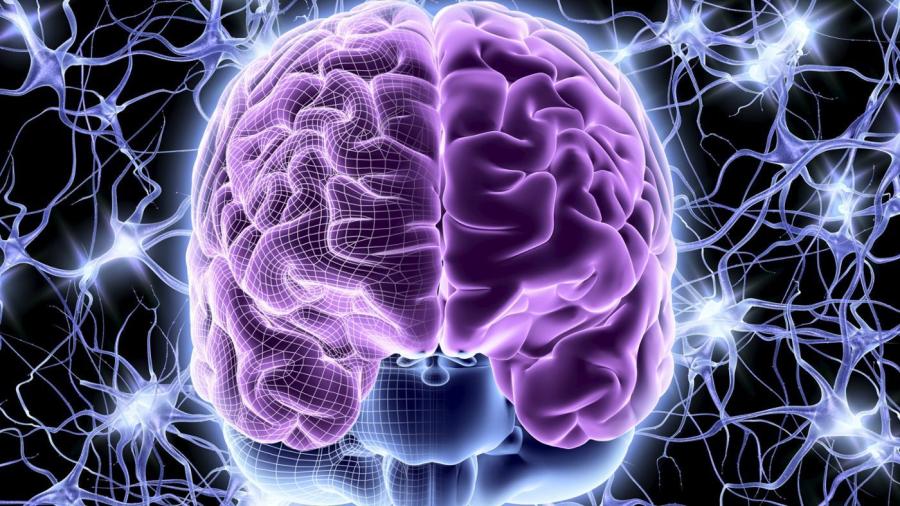What Is the Function of a Nerve Ending?

Sensory nerve endings detect stimuli from the environment and send impulses toward the central nervous system in response to these stimuli. Efferent nerve endings carry impulses from the central nervous system to effector organs and muscles. There are many different types of motor and sensory nerve endings, and each has its own unique function.
Sensory nerve endings also include afferent nerve endings, and common types include chemoreceptors, mechanoreceptors, thermoreceptors and nociceptors. Chemoreceptors in the nasal passages sense the presence of chemicals in the air. Taste buds include chemoreceptors that are capable of detecting the presence of different chemicals in food. Mechanoreceptors pick up changes in pressure on the skin’s surface, physical impacts on the body and stretching of the muscles. Thermoreceptors sense changes in temperature, and nociceptors are responsible for sensing pain caused by heat, pressure, chemicals and other stimuli.
There are two main types of efferent nerve endings: motor nerve endings and secretomuscular nerve endings. Motor nerve endings are those that are found on the surface of muscles and deliver messages to those muscles to contract. Secretomuscular nerve endings are found on glands, and they deliver messages from the central nervous system for those glands to secrete their products.





